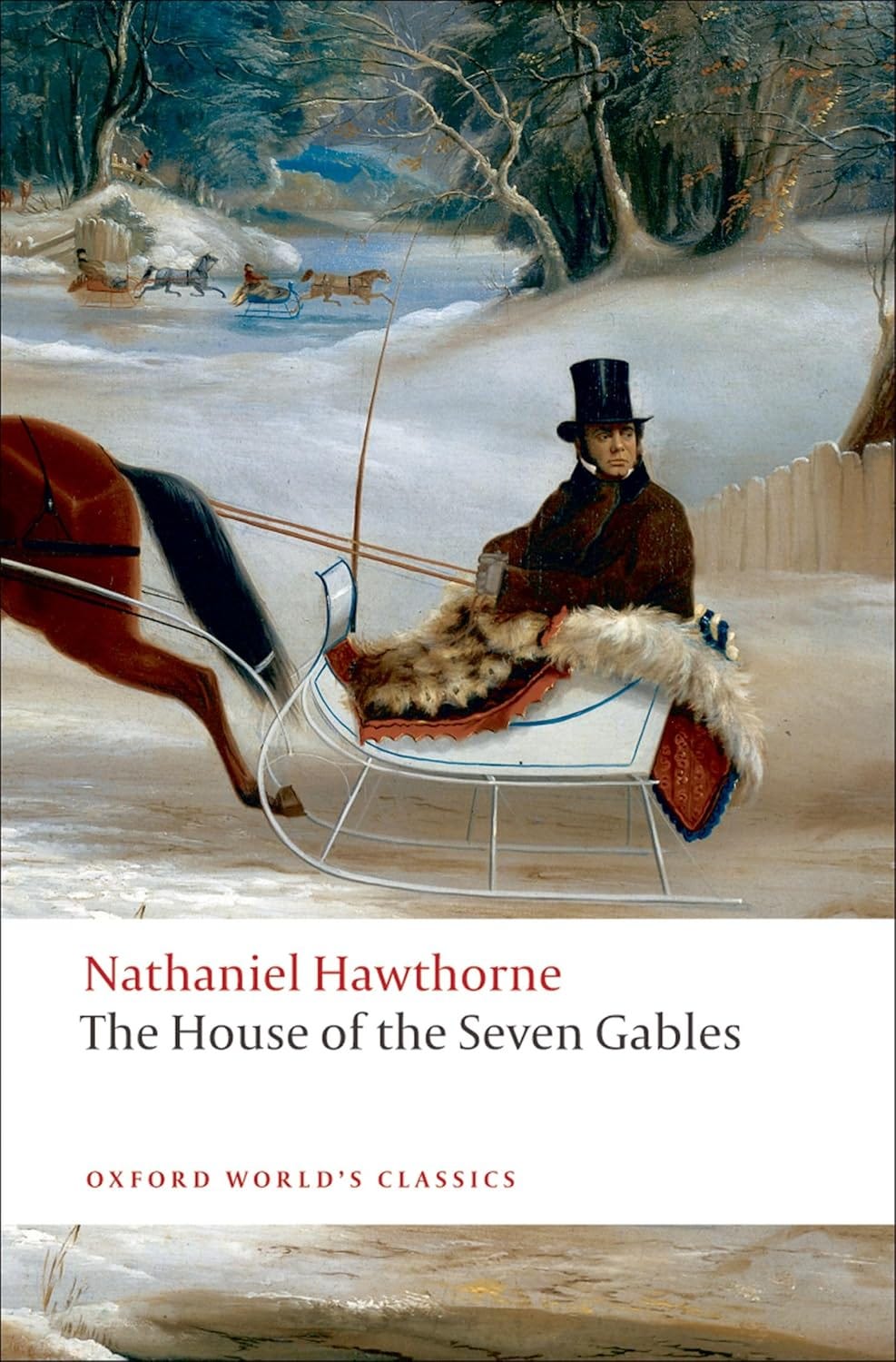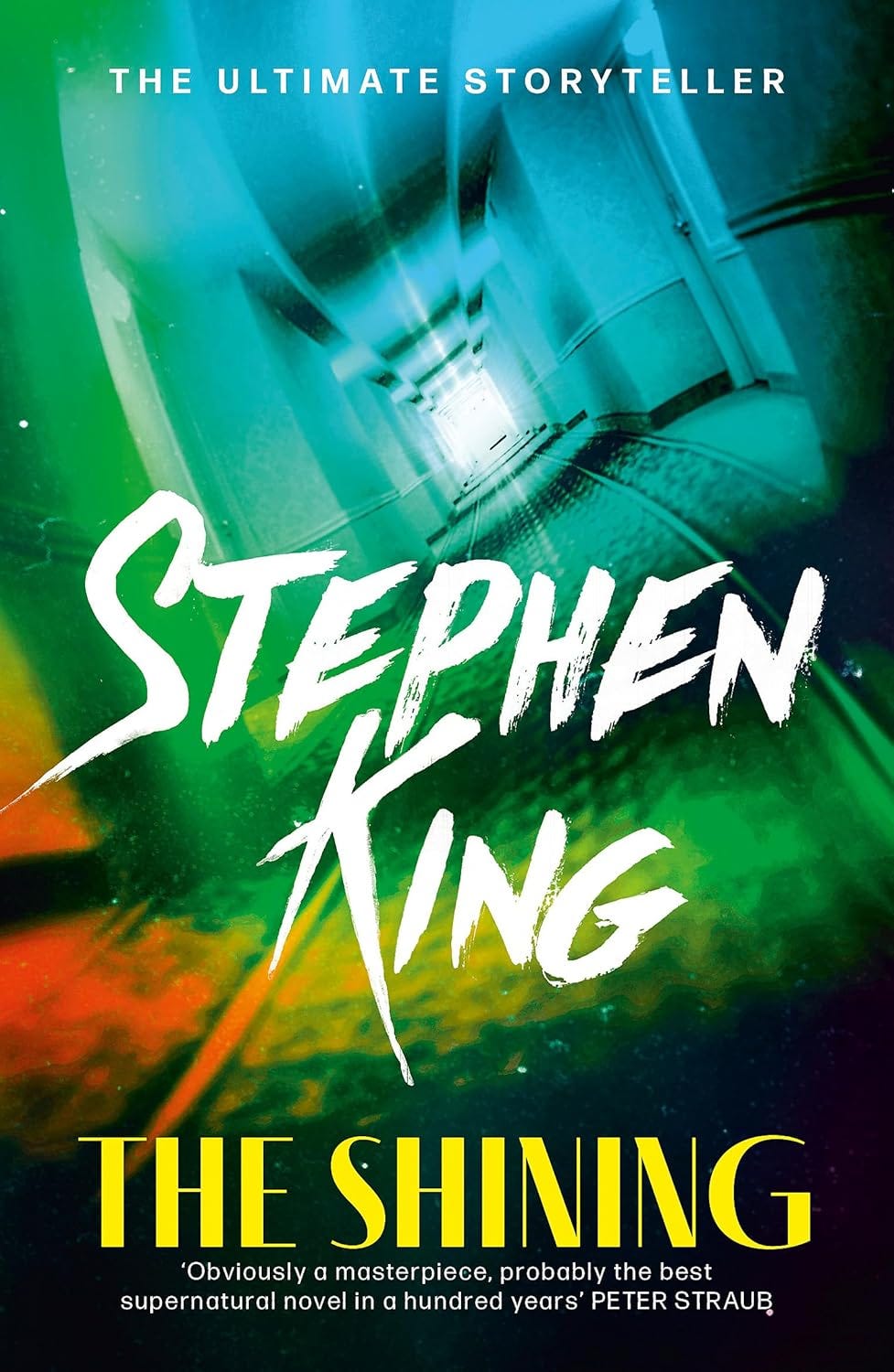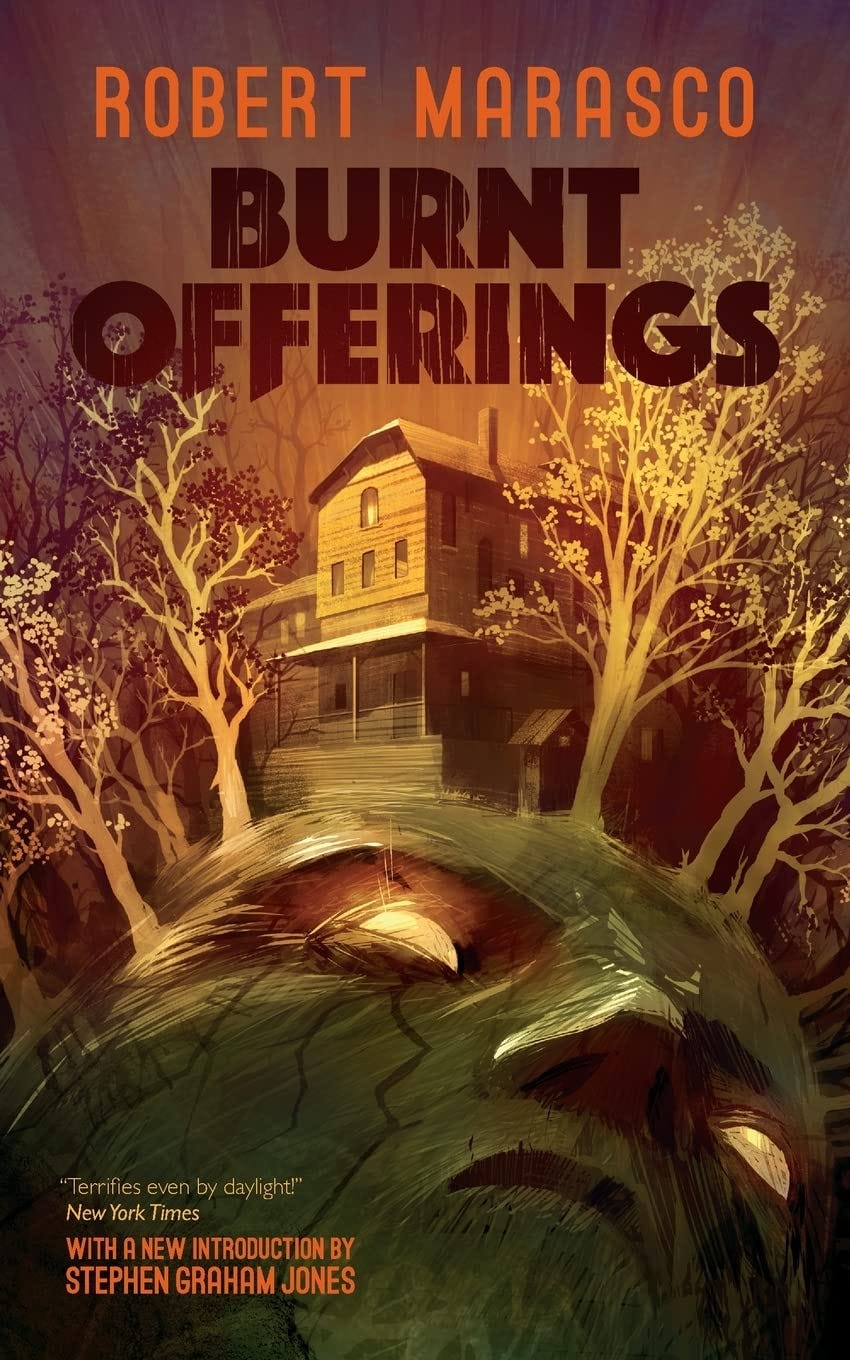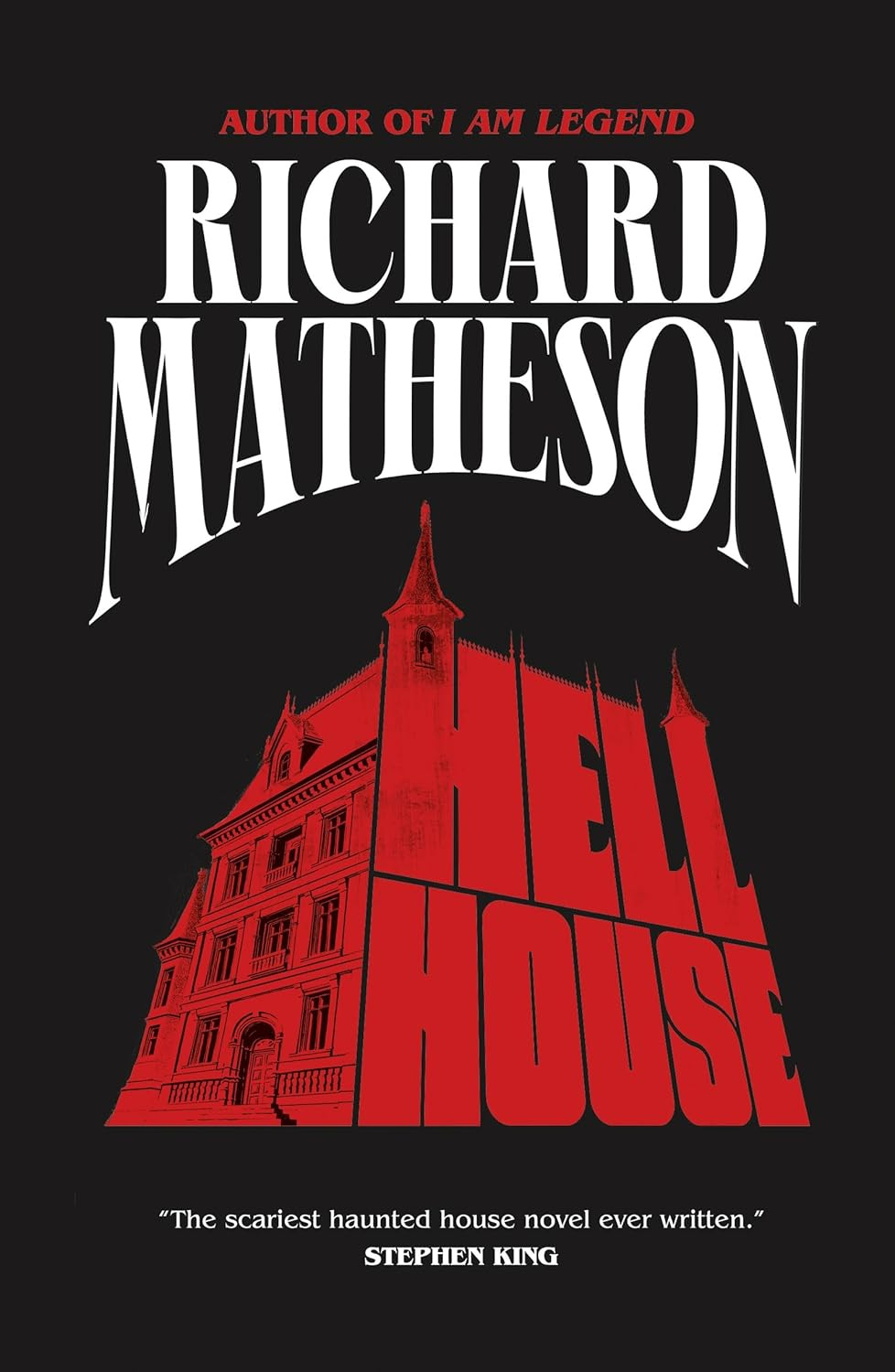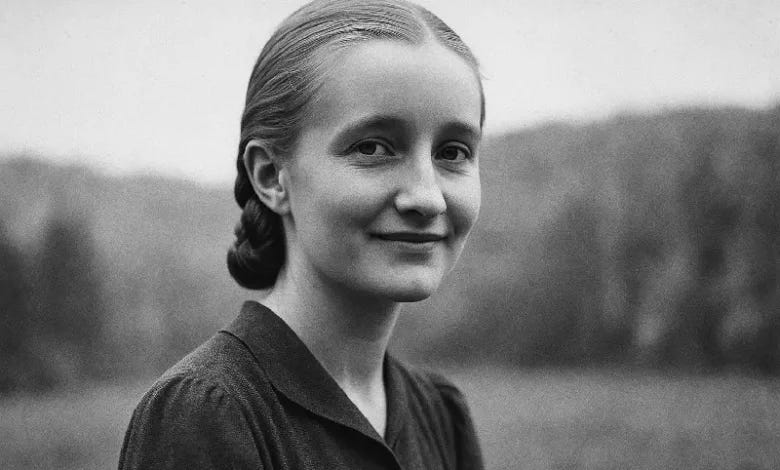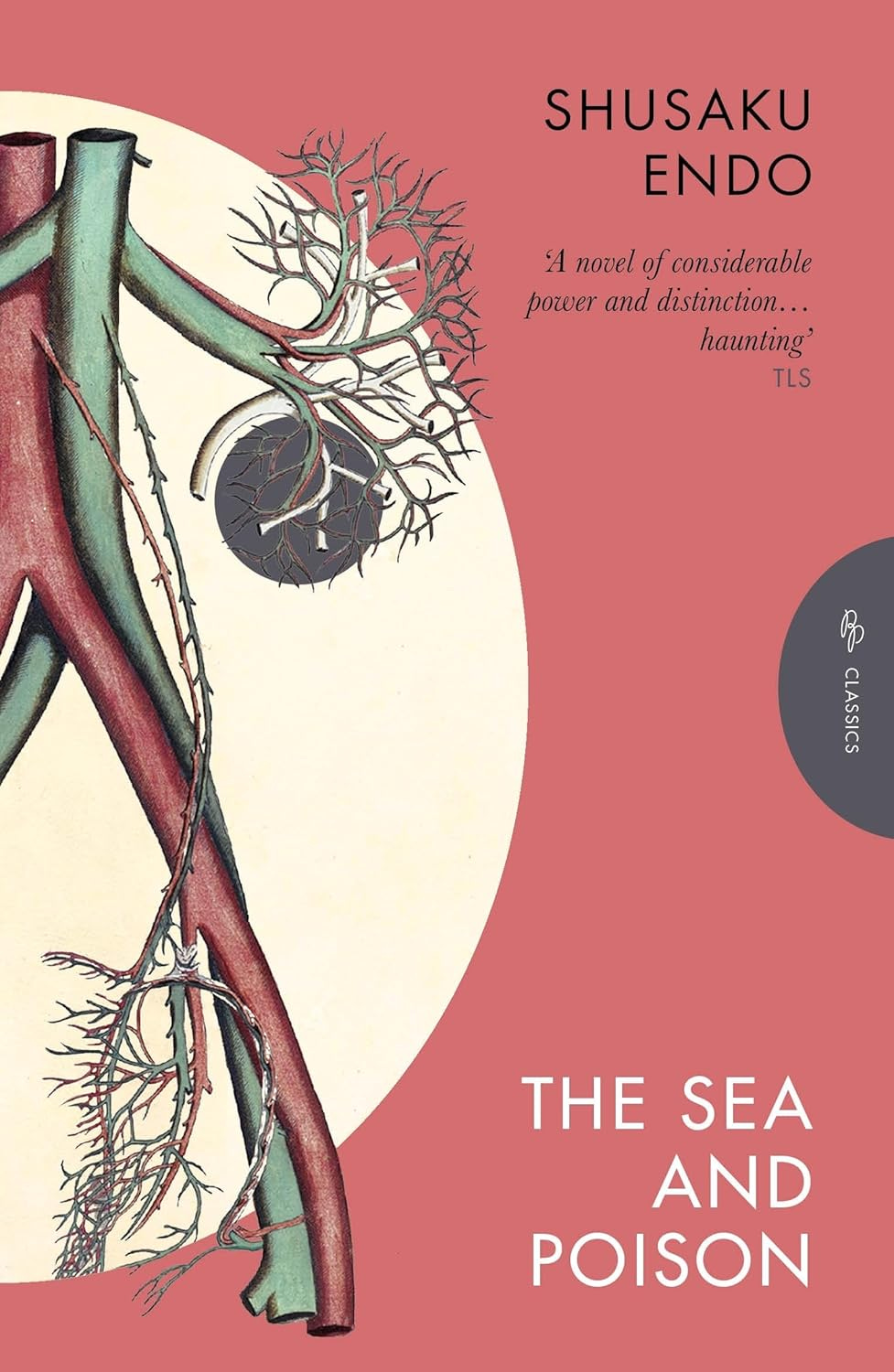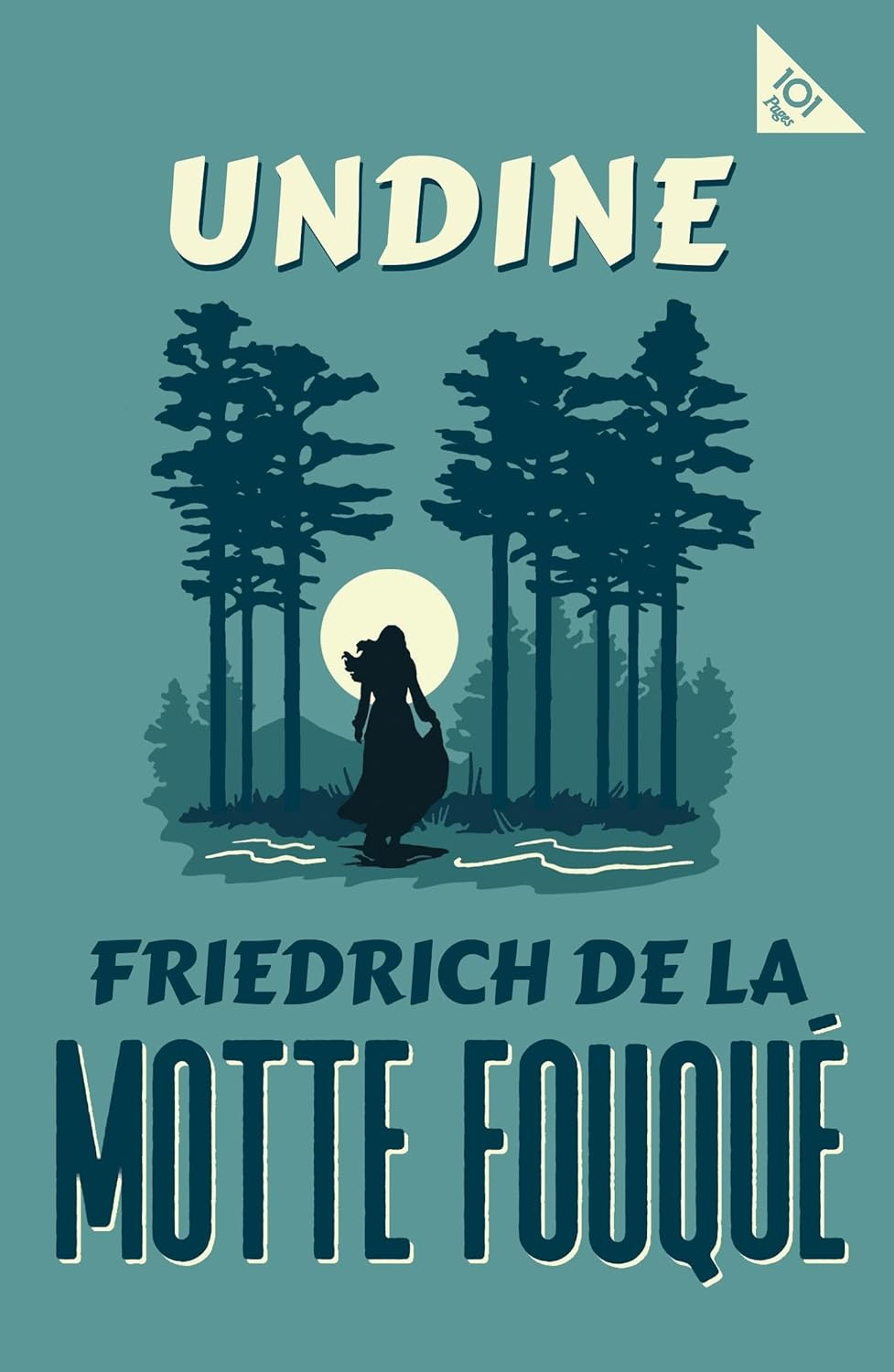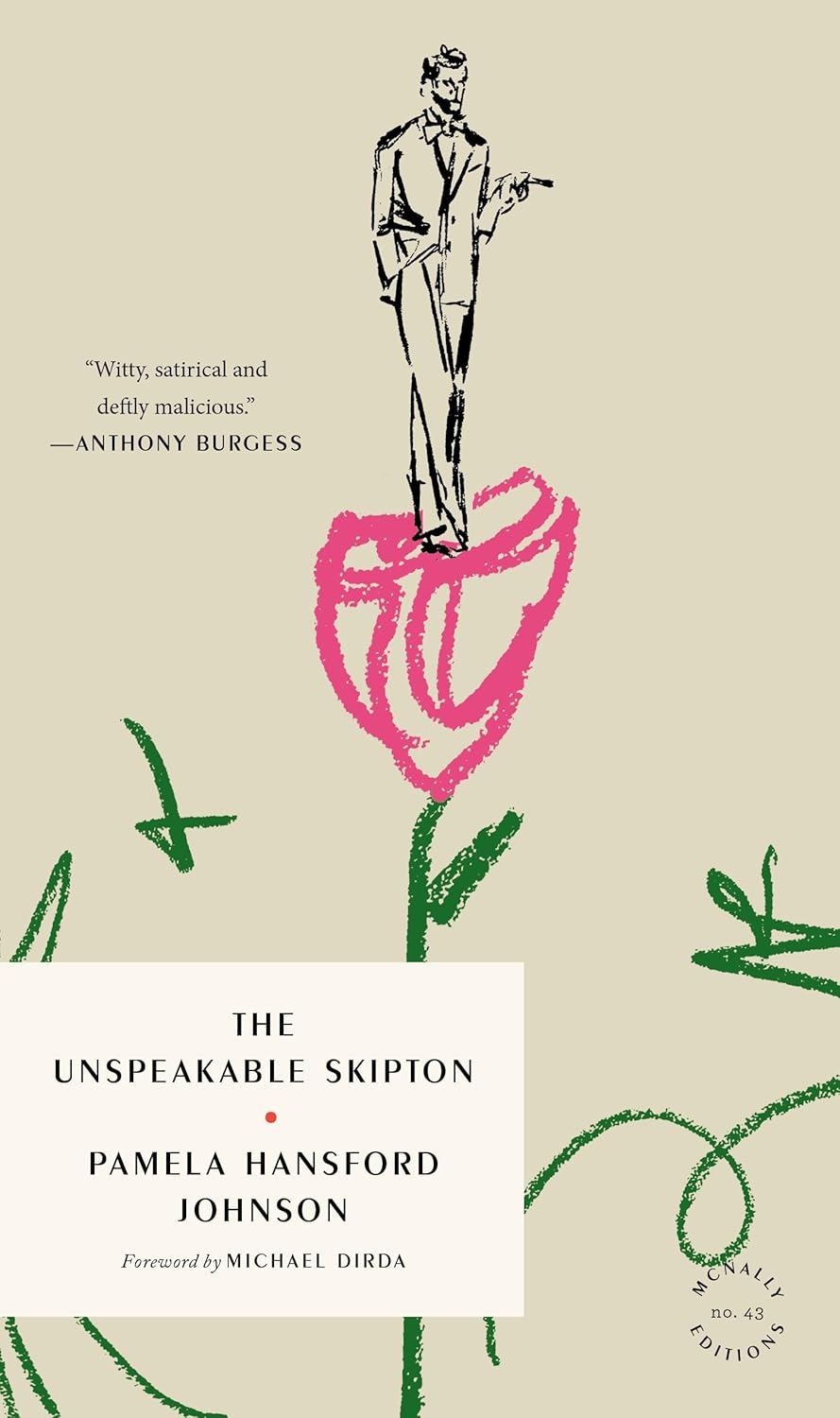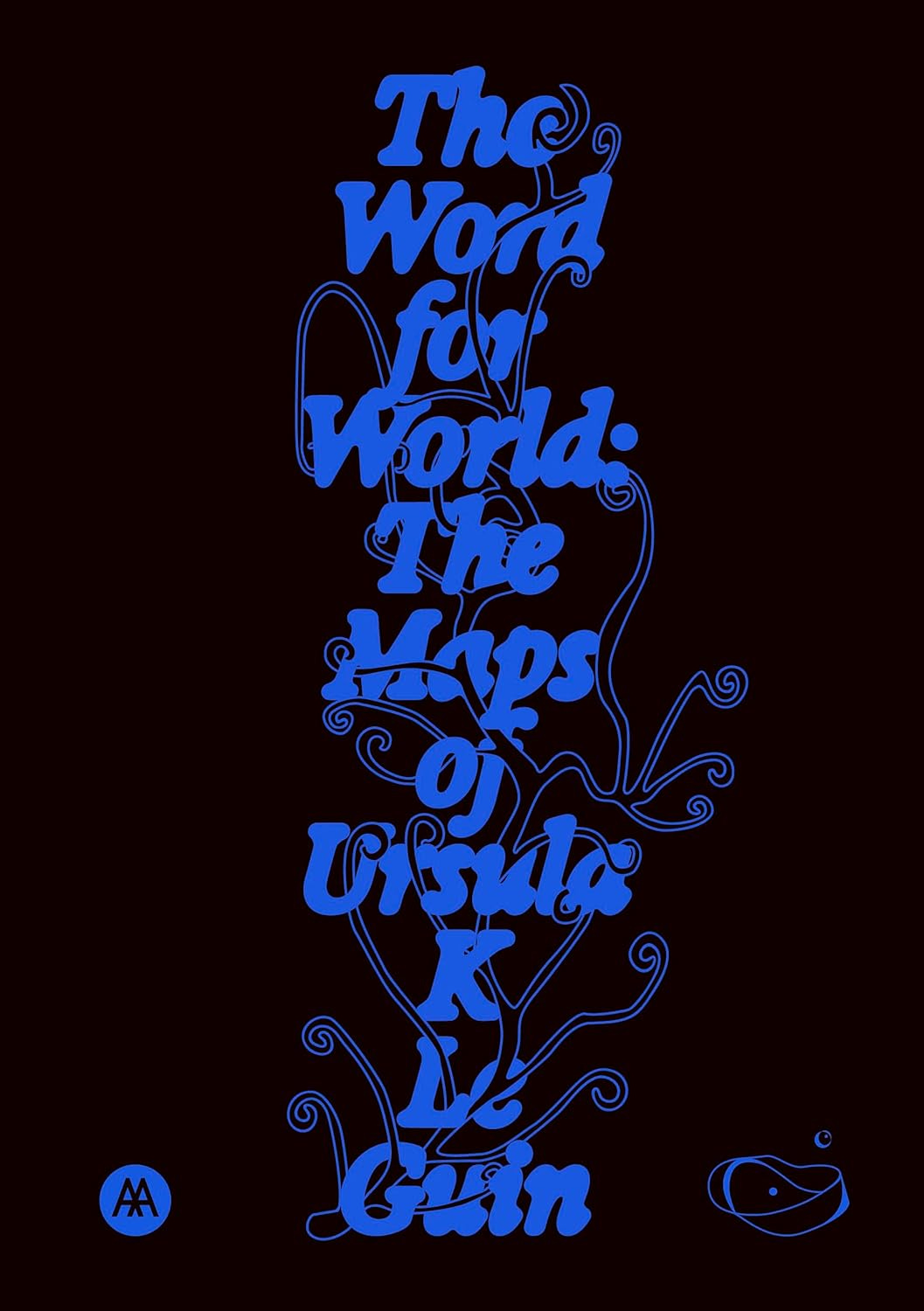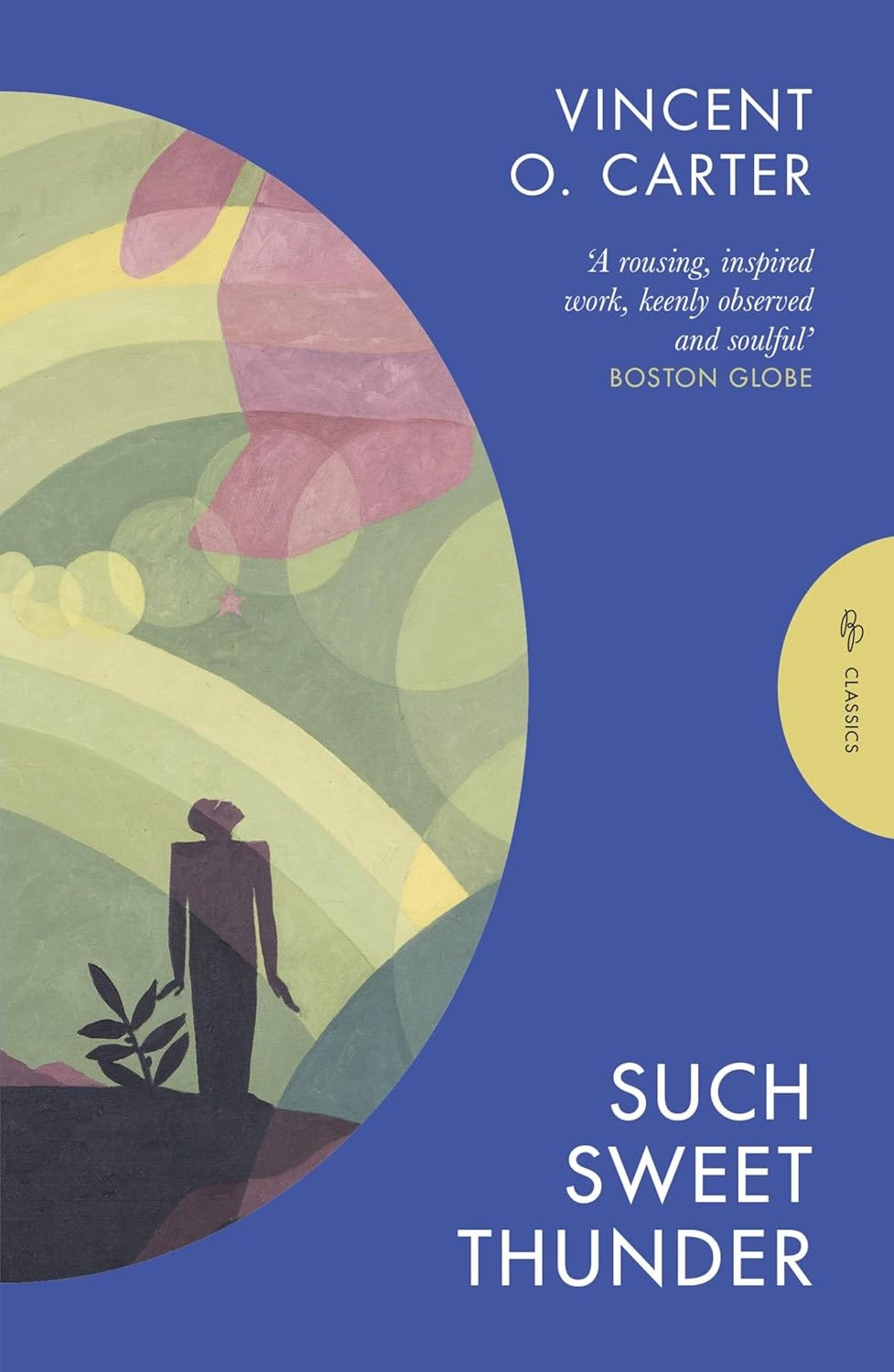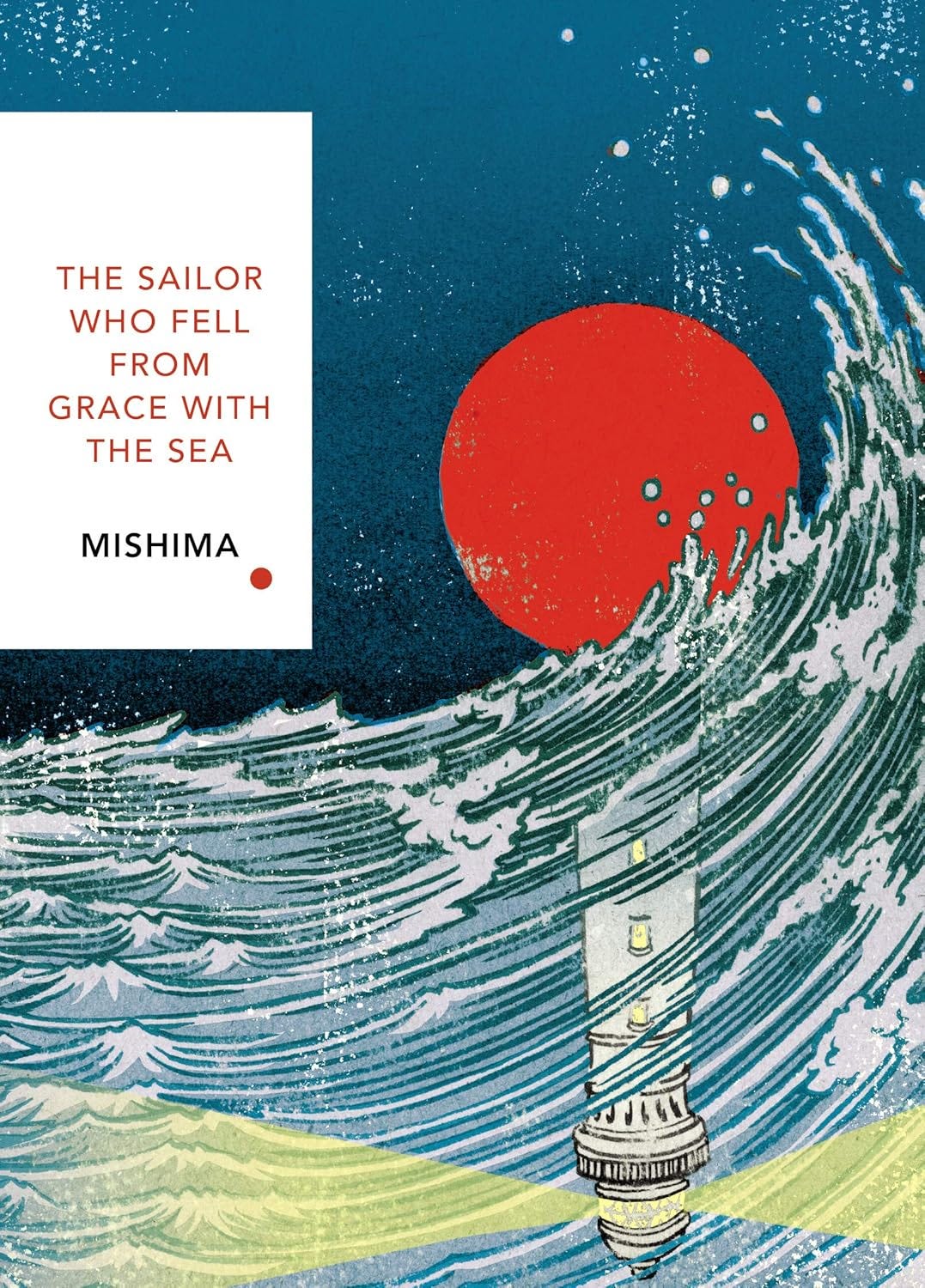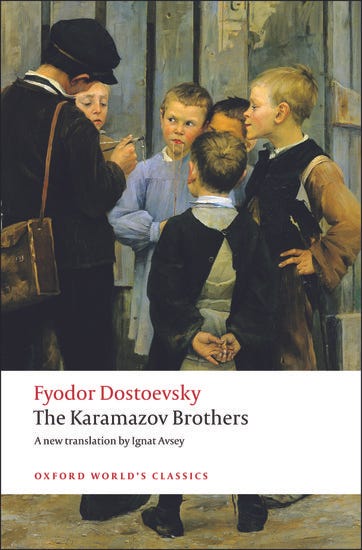Beloved (3 of 4)
Haunted houses, fantasy maps and jazz writing
Dear classics reader,
In this week’s clearing in the woods you will find:
A round-up of haunted houses for Halloween;
Birthday wishes to Phyllis Shand Allfrey;
A selection of new classics, including the first publication of Ursula Le Guin’s maps;
A preview of coming attractions;
And our third discussion of Toni Morrison’s Beloved – with a note on jazz writing.
This newsletter may be too long for your email inbox. If so, click ‘View entire message’ at the bottom to see the full newsletter – or visit Substack.
Haunted Houses
In honour of Beloved – and in the week of Halloween – here is a round-up of some especially eerie literary haunted houses.
I have omitted Shirley Jackson’s exquisite The Haunting of Hill House, because we covered it in detail when we read it together last October; and, with regret, I have also omitted The Fall of the House of Usher by Edgar Allan Poe and The Woman in Black by Susan Hill, which I featured in last year’s Halloween and Christmas round-ups respectively.
It strikes me that many of the best novels about haunted houses are written by Americans. I wonder why that is? Could it be there’s something peculiarly resonant about haunted houses for US writers and readers? Perhaps something to do with the anxiety of property ownership in the States and the sense that new houses are always built on older territory? I’d be interested to hear if anyone has views.
House of Leaves by Mark Z. Danielewski (2000)
A young couple – Pulitzer Prize-winning journalist Will Navidson and his partner Karen Green – move into a small home on Ash Tree Lane. But something is terribly wrong – their house is bigger on the inside than it is on the outside. Neither Will nor Karen are prepared to face the consequences of this impossibility. What happens next is loosely recorded on videotapes and interviews, leading to a compilation of the definitive work on the events on Ash Tree Lane, unveiling a thrilling and terrifying history. Loose sheets, stained napkins and crammed notebooks prove to be far more than the ramblings of a crazy old man . . .
[UK] Doubleday | 736 pages
[US] Pantheon | 736 pages
The House of the Seven Gables by Nathaniel Hawthorne (1851)
In the final years of the seventeenth century in a small New England town, the venerable Colonel Pyncheon decides to erect a ponderously oak-framed and spacious family mansion. It occupies the spot where Matthew Maule, ‘an obscure man’, had lived in a log hut, until his execution for witchcraft. From the scaffold, Maule points his finger at the presiding Colonel and cries ‘God will give him blood to drink!’ The fate of Colonel Pyncheon exerts a heavy influence on his descendants in the crumbling mansion for the next century and a half.
[UK / US] Oxford World’s Classics | 368 pages | introduced by Michael Davitt Bell
The Turn of the Screw by Henry James (1898)
James’s great masterpiece of haunting atmosphere and unbearable tension tells of a young governess sent to a country house to take charge of two orphans, Miles and Flora. Unsettled by a dark foreboding of menace within the house, she soon comes to believe that something, or someone, malevolent is stalking the children in her care. Is the threat to her young charges really a malign and ghostly presence, or a manifestation of something else entirely?
[UK / US] Penguin Classics | 176 pages | introduced by David Bromwich
The Shining by Stephen King (1977)
Danny is only five years old, but in the words of old Mr Hallorann he is a ‘shiner’, aglow with psychic voltage. When his father becomes caretaker of the Overlook Hotel, Danny’s visions grow out of control. As winter closes in and blizzards cut them off, the hotel seems to develop a life of its own. It is meant to be empty. So who is the lady in Room 217 and who are the masked guests going up and down in the elevator? And why do the hedges shaped like animals seem so alive? Somewhere, somehow, there is an evil force in the hotel - and that, too, is beginning to shine . . .
[UK] Hodder | 512 pages
[US] Vintage | 688 pages
The Dreams in the Witch House by H. P. Lovecraft (1933)
One of the masters of ‘weird fiction’, H. P. Lovecraft expanded the vast boundaries of the horror genre with his vividly imagined stories of exotic and fantastical otherworlds, nightmarish dreamscapes and the supernatural terrors lurking beneath the surface of small-town America. The shadow of New England’s witch-hunting past hangs over many of the tales, as in ‘The Shunned House’ and ‘The Dreams in the Witch House’, in which malevolent spectres return to haunt the region. Others, such as ‘From Beyond’ and ‘The Shadow Out of Time’, depict the catastrophic results when cosmic channels of time and space are opened, while stories such as ‘Polaris’ and ‘The Doom that Came to Sarnath’ portray the downfall of mythical civilizations.
[UK / US] Penguin Classics | 480 pages | introduced by S. T. Joshi
Burnt Offerings by Robert Maresco (1973)
Ben and Marian Rolfe are desperate to escape a stifling summer in their tiny Brooklyn apartment, so when they get the chance to rent a mansion in upstate New York for the entire summer for only $900, it’s an offer that’s too good to refuse. There’s only one catch: behind a strange and intricately carved door in a distant wing of the house lives elderly Mrs. Allardyce, and the Rolfes will be responsible for preparing her meals. But Mrs. Allardyce never seems to emerge from her room, and it soon becomes clear that something weird and terrifying is happening in the house. As the suspense builds towards a revelation of what really lies behind that locked door, the Rolfes will discover that their cheap vacation rental comes at a terrible cost . . .
[UK / US] Valancourt 20th Century Classics | 226 pages | introduced by Stephen Graham Jones
Hell House by Richard Matheson (1971)
For over twenty years, Belasco House has stood empty. Its shadowed walls have witnessed scenes of almost unimaginable horror and depravity. Two previous expeditions to investigate its secrets met with disaster, the participants destroyed by murder, suicide or insanity. Now a new investigation brings four strangers to the forbidding mansion who are determined to probe Belasco House for the ultimate secrets of life and death. Each has his or her own reason for daring the unknown torments and temptations of the mansion, but can any soul survive what lurks within the most haunted house on Earth?
[UK] Gollancz | 320 pages
[US] Tor Nightfire | 304 pages
The book descriptions above are taken from the publishers’ online blurbs.
Happy Birthday Phyllis Shand Allfrey
In other news, today, 24 October, would have been Phyllis Shand Alfrey’s 117th birthday.
The West Indian activist and novelist Phyllis Shand Allfrey was born Phyllis Shand in Roseau, Dominica, where her family had lived since the 17th century. She married the English engineer Robert Allfrey and founded the Dominica Labour Party, the island’s first political party. In 1958, she was elected to the new Federal Parliament of the West Indies Federation, representing Dominica.
Allfrey wrote poems and short stories for Tribune, the British Labour Party newspaper that also published Stevie Smith, Elizabeth Taylor and George Orwell. Today she is best remembered for her friendship with Jean Rhys – her compatriot – and the autobiographical novel The Orchid House, which was adapted for television in 1991, starring Kate Buffery, Elizabeth Hurley and Frances Barber.
The Orchid House by Phyllis Shand Allfrey (1953)
In this markedly autobiographical story of the three daughters of a once-powerful but now impoverished white family, Allfrey interweaves her family’s history with the history of her home island of Dominica in the twentieth century. The novel is written in a sensuous style and the story remarkably told through the eyes of Lally, the black nurse of the three sisters. Often praised for the clearsightedness of its analysis of the Dominican historical process, The Orchid House stands at a crucial intersection of West Indian politics. It was during this period that the colonized took over from the colonizer the direction of local governments.
[UK] Papillotte Press | 240 pages | introduced by Schuyler Esprit
[US] Rutgers University Press | 216 pages | introduced by Lizabeth Paravisini-Gebert
What’s new this week?
There are several new classic titles out this week. Most notable is the edition of Ursula K. Le Guin’s maps, many of which have never been published before. This coincides with an exhibition of the maps at the Architectural Association in London, which runs until 6 December.
The Sea and Poison by Shusako Endo (1957)
In 1950s Japan, Doctor Suguro practises medicine in a backwater still recovering from the war. Quiet and withdrawn, he lives tortured by his conscience and a horrific wartime memory: participating in the vivisection of an American airman, an experiment which led to his agonising death. This spare, harrowing novel, based on real events, is a profound exploration of the pressures of conflict, the moral numbness of conformity, and the painful legacy of violence.
[UK] Pushkin Press Classics | 176 pages | translated by Michael Gallagher
[US] New Directions | 176 pages | translated by Michael Gallagher
Undine by Friedrich de la Motte Fouqué (1811)
When the knight Huldbrand finds shelter at an old fisherman’s cottage outside a haunted forest, he encounters and falls in love with his host’s adopted daughter, the mysterious Undine. As it turns out that his beloved is a mermaid from a royal house and that Huldbrand was already more or less betrothed to Bertalda from the nearest town, the romance is fraught with complications, with tragic consequences.
[UK] Alma Classics | 128 pages | translated by Paul Turner
[US] Read & Co. Classics | 128 pages | introduced by George Macdonald and Lafacadio Hearn
The Unspeakable Skipton by Pamela Hansford Johnson (1959)
It’s not easy being a genius. Just ask Daniel Skipton, the greatest – or, let us say, the most under-recognized – novelist of his generation. Skipton is only a few revisions away from finishing his masterpiece: a satire of literary London that will humiliate his enemies and make him as famous, and as rich, as he deserves. Yet, in the meantime, he is forced to scrape by in obscurity and self-imposed exile amid the deserted canals of Bruges, barely surviving on a regimen of blackmail, bullying, persistence, and native charm. One afternoon at a local cafe, he encounters the acclaimed playwright Dorothy Merlin and her entourage – worldly tourists on the lookout for erotic adventure and in need of a local guide. Soon they are joined by an even juicier target, a Venetian count who dreams of singing on the English stage and who will spend anything to make his dream come true. Or so he leads Skipton to believe.
[US] McNally Editions | 240 pages | introduced by Michael Dirda
The Word for World: The Maps of Ursula K. Le Guin (1968-2018)
When Ursula K. Le Guin started writing a new story, she would begin by drawing a map. The Word for World presents a selection of these images by the celebrated author, many of which have never been published before, to consider how her imaginary worlds enable us to re-envision our own. Le Guin’s maps offer journeys of consciousness beyond conventional cartography, from the Rorschach-like archipelagos of Earthsea to the talismanic maps of Always Coming Home. Rather than remaining within known terrain, they open up paradigms of knowledge, exemplified by the map’s edges and how a map is read, made and re-made, together.
[UK / US] Silver Press | 176 pages | contributions from Federico Campagna, Theo Downes-Le Guin, Daniel Heath Justice, Bhanu Kapil, Canisia Lubrin, Una McCormack, David Naimon, Nisha Ramayya, Shoshone Collective, Standard Deviation & Marilyn Strathern
Such Sweet Thunder by Vincent O. Carter (1963, pub. 2003)
Amerigo Jones grows up poor but surrounded by love in Jazz Age Kansas City. A precocious young dreamer, he longs for the college education that his parents could not have. But as Amerigo begins to venture further away from his doting mother and father, he encounters a world marred by prejudice, where amid the bustle and the beauty, violence and injustice stalk the streets. Such Sweet Thunder is a majestic and unforgettable child’s-eye-view of Jim Crow America from a powerful chronicler of American family life.
[UK / US] Pushkin Press Classics | 656 pages | introduced by Jesse McCarthy
The book descriptions above are taken from the publishers’ online blurbs.
Coming Attractions
In November, we will be reading The Sailor Who Fell from Grace with the Sea by Yukio Mishima over two weeks: we’ll start on Friday 7 November. More details here.
Over the course of 2026, we will be reading The Brothers Karamazov by Fyodor Dostoyevsky, from January to December. This read-along will be available for free for all subscribers. More details to follow soon! (Our discussions will be gathered here.)
And if you’re looking for a the perfect Christmas present, look no further than the Hatchards Classic Book Club annual book subscription. You (or a friend) could receive all the books we read each month here on Read the Classics, beautifully gift-wrapped and delivered to your door, anywhere in the world, as well as a year’s complimentary subscription to Read the Classics, so you can also choose to read along with us each month, if you wish. To find out more, follow this link or email Hatchards directly: subscriptions@hatchards.co.uk
Keep reading with a 7-day free trial
Subscribe to Read the Classics with Henry Eliot to keep reading this post and get 7 days of free access to the full post archives.





